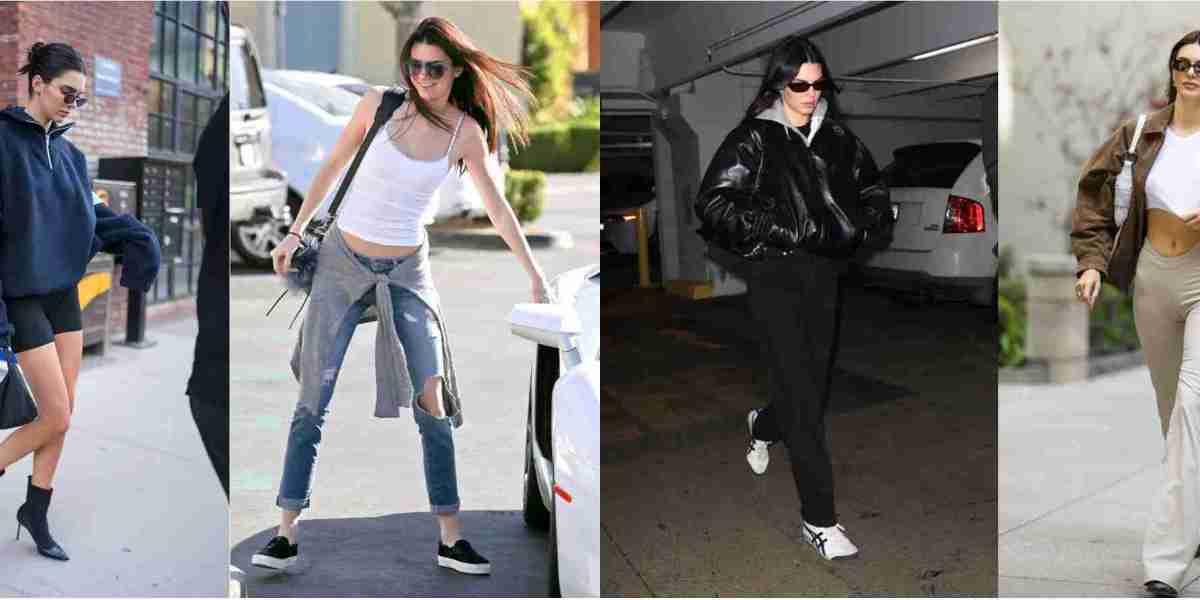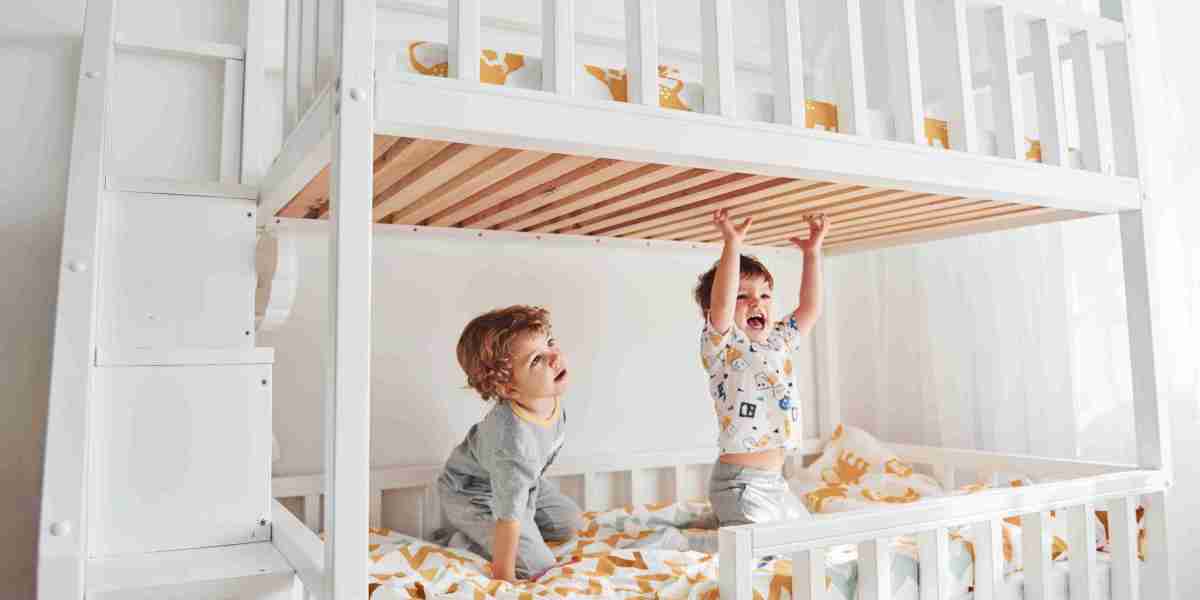The Birth of a Lifestyle Brand
In the ever-evolving landscape of fashion, where maximalism often battles with restraint, Essentials by Fear of God has carved a singular identity. Born from Jerry Lorenzo’s vision of accessible yet elevated fashion, Essentials emerged as a sub-label under the larger Fear of God brand, aiming to democratize luxury streetwear without compromising on quality, ethos, or aesthetic. What started as a capsule offering of basic wardrobe staples has now evolved into a global phenomenon, influencing not just what we wear, but how we interpret the fundamentals of personal style.
The word essentials inherently implies necessity—a return to basics. But under the creative guidance of Lorenzo, it has come to signify much more. It represents a cultural movement, a commitment to stripped-back authenticity, and a challenge to the loud, logo-driven consumerism that has dominated the fashion industry for decades. With muted color palettes, oversized silhouettes, and branding that whispers rather than shouts, Essentials redefines what it means to make a statement through subtlety.
The Philosophy Behind Essentials: Less, But Better
The brilliance of Essentials lies not only in its aesthetic but in its philosophy. Jerry Lorenzo once stated that he wanted to create clothing that people didn’t have to think twice about wearing—something that feels good, looks clean, and fits within the rhythm of everyday life. In essence, Essentials isn’t just about fashion; it’s about functionality, comfort, and confidence.
In a world inundated with trends that change at the speed of light, Essentials acts as a grounding force. Each drop—whether it’s hoodies, sweatpants, T-shirts, or jackets—follows a timeless design code. The silhouettes are relaxed, often oversized, which adds to the versatility and universal appeal of the garments. There's an intentional neutrality in the color choices, too—taupe, cream, black, gray, and earth tones dominate, allowing wearers to seamlessly integrate pieces into any wardrobe.
This minimalist ideology is not about being plain; it’s about stripping away the excess to highlight what truly matters. In doing so, Essentials encourages consumers to focus on craftsmanship, texture, silhouette, and feeling. Every stitch, every hem, and every drape is meticulously considered, making the pieces feel both familiar and new.
Quality and Accessibility: The Balancing Act
One of the most remarkable achievements of the Essentials brand is its ability to strike a delicate balance between luxury and affordability. Fear of God’s mainline collections are high-end and often come with price tags that reflect artisanal craftsmanship and limited runs. Essentials, on the other hand, was created to offer that same level of intentional design at a more accessible price point.
This doesn't mean compromising on quality. Essentials pieces are manufactured with premium materials—French terry cotton, heavyweight jersey, and durable knits are common across the lineup. The garments are built to last, meant to withstand the wear and tear of daily life while maintaining their shape and integrity. In many ways, buying Essentials is an investment in sustainable fashion, as the timeless design and high-quality construction ensure longevity.
The brand’s partnership with retailers like PacSun and SSENSE has also played a key role in maintaining accessibility while still preserving its aspirational edge. Limited releases and strategic marketing have kept demand high, but Essentials has never strayed into the realm of exclusivity for exclusivity’s sake. Instead, it walks the fine line of being desirable yet obtainable—a rare feat in modern fashion.
The Power of Branding: Subtle Yet Impactful
When you see an Essentials hoodie from a distance, you may not even notice the branding at first glance. That’s entirely the point. The logo—usually printed in reflective or tonal font—is understated, often placed on the chest, back, or hood. It doesn’t scream for attention, but it still communicates a strong sense of identity.
This approach is a direct counter to the era of bold logos and ostentatious designer monograms. Essentials proves that branding can be impactful without being aggressive. It aligns with the broader cultural shift toward quiet luxury—a trend driven by those who prefer quality and design over flamboyance and brand bragging.
Moreover, the Essentials logo itself has become a symbol of a certain lifestyle—one that values authenticity, comfort, and confidence over showmanship. It appeals to a wide range of demographics, from teenagers who admire the brand’s streetwear roots to professionals who appreciate the elevated simplicity of the pieces. This universality is a key component of Essentials’ enduring success.
Cultural Influence and Celebrity Endorsement
The rise of Essentials hasn’t gone unnoticed in pop culture. From NBA players arriving at games dressed head-to-toe in Essentials to artists like Justin Bieber, Kanye West, and Kendrick Lamar seen donning the brand, Essentials has become a staple in the wardrobes of cultural icons. But what sets it apart from other celebrity-endorsed brands is its lack of reliance on these figures for validation.
Rather than orchestrated marketing campaigns, the brand benefits from organic visibility. Celebrities wear Essentials not because they are paid to, but because they genuinely resonate with the brand’s philosophy. It fits effortlessly into their personal styles, offering both comfort and aesthetic value.
Social media has also played a pivotal role in the brand’s global outreach. Instagram and TikTok are flooded with styling videos, unboxings, and reviews, turning Essentials into a community-driven label. The hashtag #FearOfGodEssentials has millions of views, showcasing how deeply embedded the brand has become in the modern fashion consciousness.
Essentials in the Wardrobe: How to Style It
One of the biggest strengths of Essentials is its versatility. The garments are intentionally designed to be unisex and seasonless, which opens up endless styling opportunities. Whether you're dressing up or down, there’s always a place for Essentials in your outfit.
For a casual look, pair an oversized Essentials hoodie with matching sweatpants and white sneakers. It’s a go-to ensemble for off-duty models and streetwear aficionados alike. Want to elevate the outfit? Swap the sweatpants for tailored trousers and throw on a long overcoat. The neutral tones and clean lines of Essentials pieces make them easy to layer and integrate with other wardrobe staples.
Even for those with more formal or minimalist styles, Essentials serves as a perfect foundational layer. A simple crewneck T-shirt under a blazer, or a pair of Essentials joggers styled with a crisp button-up shirt, bridges the gap between comfort and sophistication. The brand invites you to personalize the pieces, to make them your own, and that freedom is rare in the world of branded fashion.
The Business Behind the Brand: Limited Drops, Maximum Impact
Essentials operates on a drop model rather than traditional seasonal collections. This means that new items are released in limited quantities and often sell out within minutes. While this scarcity model can be frustrating for some, it also generates a sense of urgency and exclusivity without alienating consumers.
The anticipation surrounding each drop turns shopping into an event. Social media lights up with countdowns, leaks, and reviews. Resale platforms also see high activity, although Essentials remains far more affordable on secondary markets compared to ultra-hyped streetwear brands like Supreme or Off-White.
What’s key here is that Essentials doesn’t flood the market. The carefully curated collections maintain the brand’s image of thoughtfulness and integrity. It’s a brand that understands restraint—both in design and distribution—which in turn increases its cultural capital.
Global Reach and Cross-Cultural Appeal
From Los Angeles to Tokyo, Paris to Dubai, Essentials has become a global uniform for those who appreciate simplicity and sophistication. The muted tones and relaxed fits transcend cultural boundaries. There’s no need to understand American streetwear or luxury fashion to connect with Essentials. Its message—quality basics for everyone—is universal.
In countries where Western fashion is aspirational, Essentials offers a gateway into that world without the intimidating price tag or exclusivity. And for those already immersed in fashion, it serves as a refreshing palette cleanser amidst the noise of trend-chasing.
Essentials also appeals to different age groups. Teenagers love it for its trendiness and street credibility, while older consumers appreciate its comfort and timelessness. This multigenerational appeal is rare, and it speaks to the brand’s ability to remain relevant while staying true to its roots.
The Future of Essentials: Where It’s Headed
As fashion continues to move toward sustainability, inclusivity, and intentional design, Essentials is well-positioned for continued growth. Its timeless aesthetic means it’s not bound by seasonal trends, and its commitment to quality ensures long-term customer loyalty.
There’s also the possibility for future expansion. While the core of Essentials has always been basics, we’re beginning to see the brand experiment with more diverse pieces—coats, knitwear, and even accessories. Collaborations, too, are on the horizon, potentially introducing the Essentials ethos to new categories and markets.
What’s important, however, is that the brand maintains its core values. As long as it continues to prioritize quality, comfort, and authenticity over hype and excess, Essentials will remain more than just a label. It will continue to be a movement—a quiet rebellion against everything superficial in fashion.
Why Essentials Truly Matters
Essentials Fear Of God is not just another streetwear label riding the wave of minimalism. It’s a thoughtful brand that emerged out of a genuine need for accessible luxury. Through careful design, impeccable quality, and a philosophy rooted in authenticity, it has redefined what it means to be essential in fashion.
More than just clothes, Essentials offers a way of life. It encourages simplicity in a complex world, subtlety in a culture of excess, and comfort in an industry obsessed with image. And in doing so, it has earned its place not just in our wardrobes, but in the larger cultural conversation about what truly matters in style—and in life.







